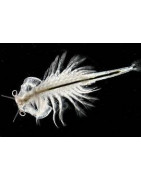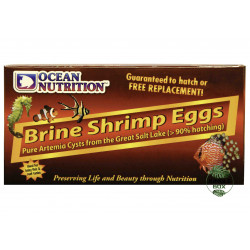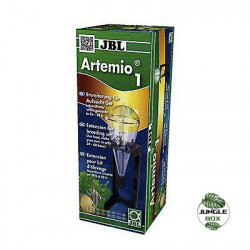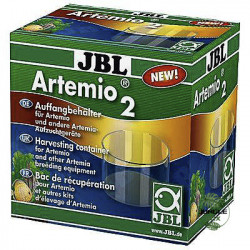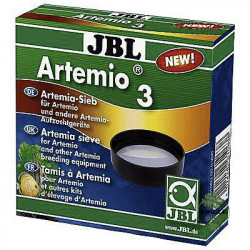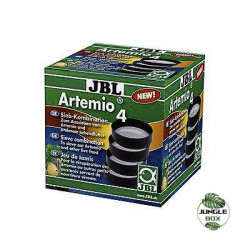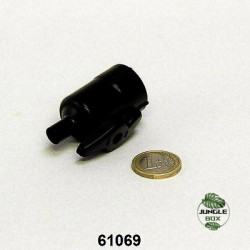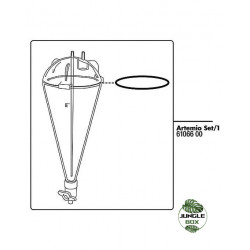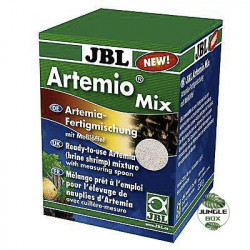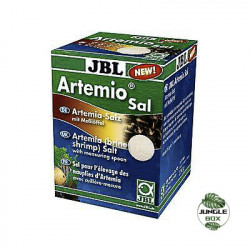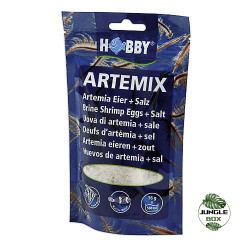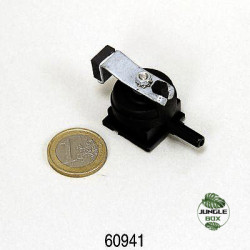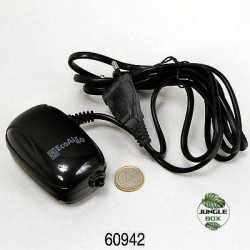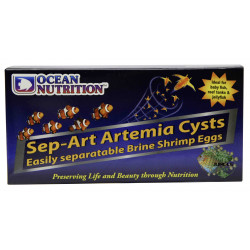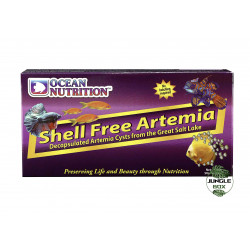Elevage d'artemia
Breeding artemia, also known as "brine shrimp," is a common practice in aquaculture and aquarium hobby due to their usefulness as live food for fish and marine invertebrates. Here are some key points about breeding artemia:
-
Breeding Setup: Breeding artemia requires a suitable container such as a plastic tub or shallow aquarium. The water should be salted, typically with a salinity of 25 to 35 ppt (parts per thousand), similar to seawater.
-
Reproduction Cycles: Artemia reproduce rapidly and can produce multiple generations in a short time. Eggs hatch into nauplius larvae in approximately 24 hours under optimal conditions.
-
Feeding Artemia: Artemia feed on microalgae, yeast, or algae powder during their early developmental stages. Later, they can be fed with commercial artemia food or other types of live food.
-
Harvesting Artemia: Artemia nauplii can be harvested using a fine sieve or an air-powered pipette. They can then be rinsed and fed to fish or invertebrates.
-
Maintenance of Breeding: Breeding artemia requires regular maintenance, including cleaning the container, monitoring water salinity and temperature, as well as managing the population to prevent overpopulation.
-
Use as Food: Artemia nauplii are an excellent source of nutrition for fish and marine invertebrates, especially for newly hatched or rapidly growing species.
In summary, breeding artemia is a relatively simple and rewarding practice that allows aquarium enthusiasts to provide high-quality live food to their aquatic animals. With proper care, it is possible to obtain a regular supply of this valuable food for your aquatic pets.
